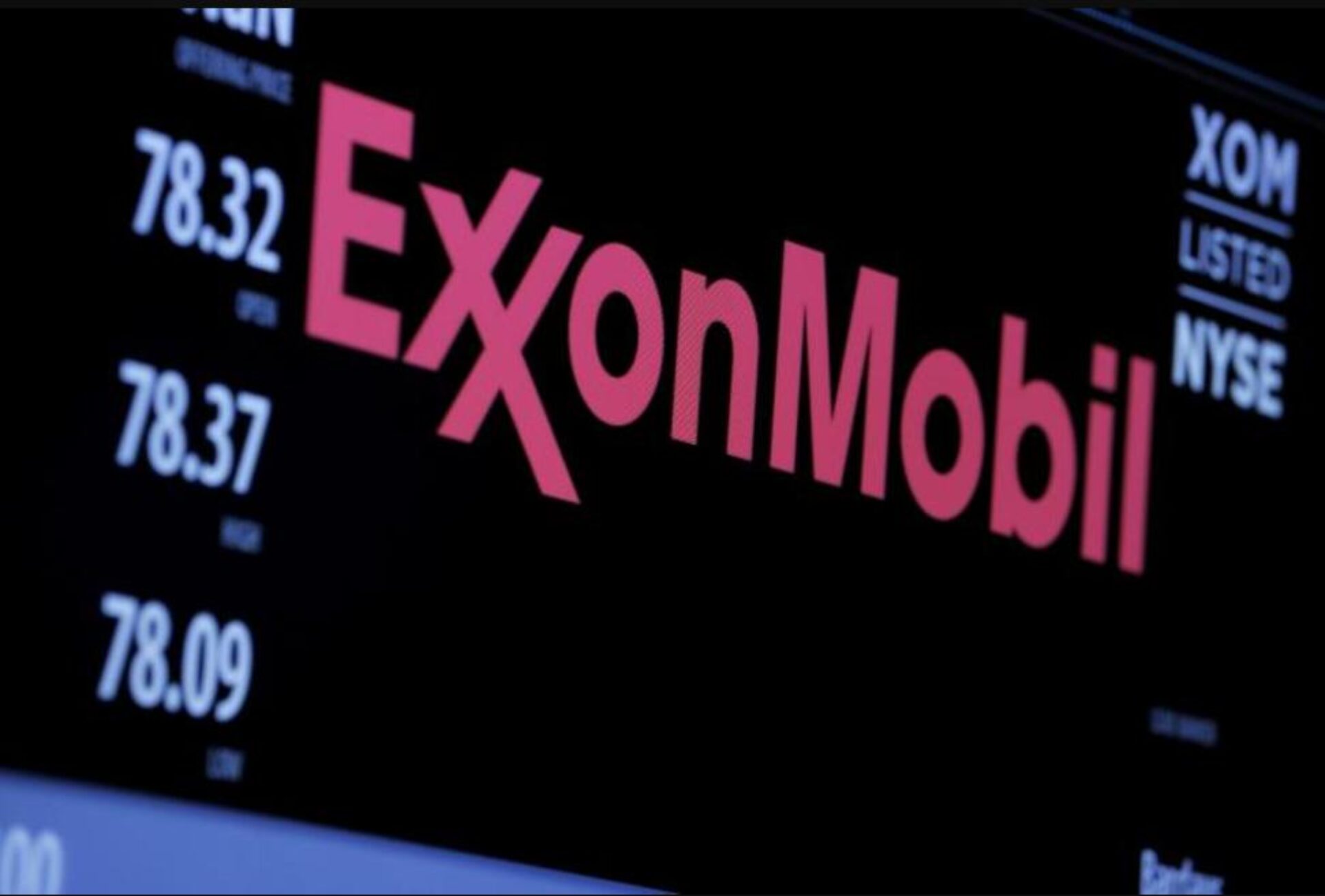
How Exxon Thinks About Climate Change
Although a carbon tax may seem like an impossibility given our current political climate, private companies have long been preparing to put a price on carbon. Wanting to plan for something that they see as a future inevitability, big oil companies have been building in carbon pricing to their financial models for years. Recently leaked documents from Exxon Mobil, one of the largest oil corporations in the world, shed light on how big oil companies think about climate change.
Exxon is currently under investigation by New York Attorney General Eric Schneiderman, who is examining how the company represented carbon regulation business risks to their shareholders. Investigators have unearthed what they call “substantial evidence” that Exxon may have misled its investors about climate change and purposely minimized the potential financial damage that carbon regulations would cause. Through this investigation, documents illustrating the company’s internal reasoning on climate change have been made public.
Through what they call “proxy costs of carbon,” Exxon simulates potential climate change regulation costs. This helps the company to be prepared if cap-and-trade markets or a carbon tax were to be federally implemented. Documents show that Exxon analysts weigh these “proxy carbon costs” when considering the finances of potential projects. This hedging allows for Exxon to get a full picture of what a project may cost and not be blindsided by high future taxes if a carbon tax were to be implemented.
So what does one of the largest oil companies in the world think is a potential price for carbon? Exxon documents, which appear to have been written in 2014, forecast that carbon prices would reach $60 per emissions ton by 2030 and continue to rise to $80 per emissions ton by 2040. They have pricing today at an estimated $10 per emissions ton. Charles Komanoff, director of the Carbon Tax Center, called these documents, ”on the curve or ahead of the curve” in terms of world carbon pricing.

The documents also demonstrate a keen awareness of world politics. It appears that Exxon climate policies are determined on a nation-by-nation basis, with current carbon costs included in financial modelling for nations with carbon pricing and estimates for nations who have yet to adopt carbon pricing. Exxon also separates countries as OECD (Organization for Economic Co-operation and Development) and non-OECD, with a higher carbon proxy rate for OECD nations.
These documents were written before the election of President Trump and under an Obama presidency that was targeting carbon emissions reductions through the Clean Power Plan. Although things are different today than in 2014, these documents show the oil giant’s desire to stay ahead and be prepared for a future price on carbon, regardless of politics.
Even as our national government shies away from meaningful action on climate, both private companies and other countries, are aware that this is an inevitability that we cannot afford to ignore. Despite current policymaking, Exxon and other large corporations know that it is just a matter of time before companies are held financially responsible for their contributions to climate change.
Mollie Simon
Senior Communications SpecialistMollie Simon is the senior communications specialist at the Kleinman Center. She manages the center’s social media accounts, drafts newsletters and announcements, writes and publishes content for our website, and regularly posts to our blog.

